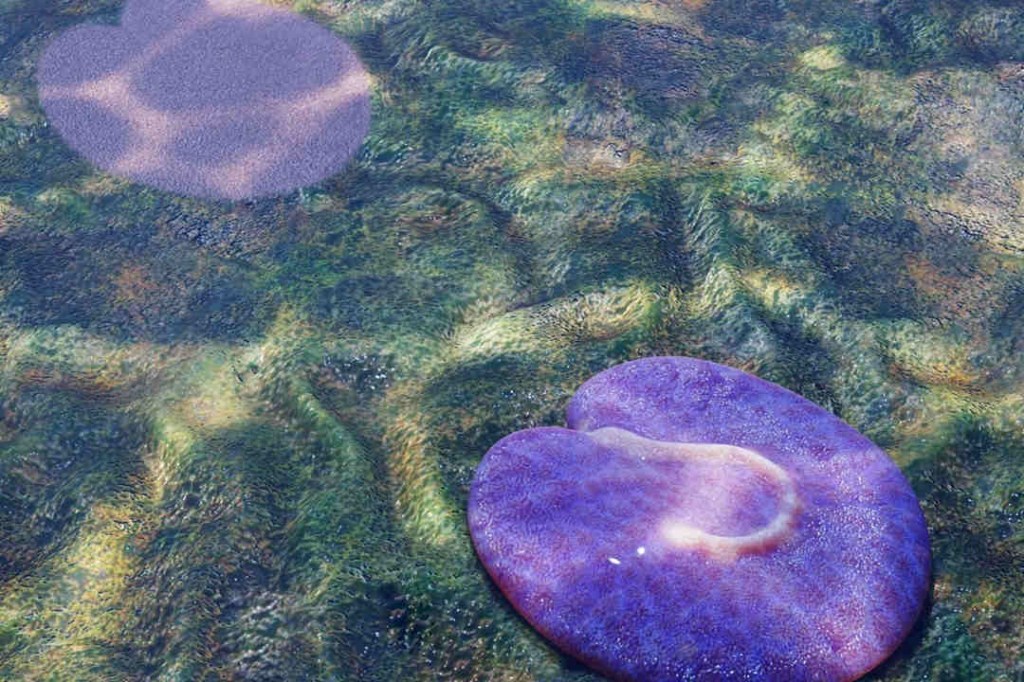SA fossil find is earliest evidence of an animal with left-right asymmetry
Despite the question mark on its back, scientists are certain the Ediacaran fossil is a major evolutionary find.

A new fossil found in Nilpena Ediacara National Park represents the earliest evidence of an animal with left-right asymmetry. It is also one of the first animals that could move on its own.
The animal, Quaestio simpsonorum, is described in a paper published in Evolution & Development. It lived 555 million years ago during the Ediacaran period (635–541 million years ago) of Earth’s history.
The Nilpena Ediacara National Park, 500km north of Adelaide in on the western fringes of the Flinders Ranges, is a source of remarkable fossil finds, and visitors can only attend by appointment and in designated tours.
Ediacaran biota include the first animals on Earth.
During this period, multicellular life became visible to the naked eye for the first time. Many evolutionary developments including limbs, eyes and mouths were yet to emerge in the Ediacaran.
You might like
Even among the Ediacaran animals resembling discs, bags and inflatable mattresses, Quaestio (pronounced “kways-tee-oh”) is weird.
“The animal is a little smaller than the size of your palm and has a question-mark shape in the middle of its body that distinguishes between the left and right side,” said Scott Evans, an assistant professor at Florida State University.
“There aren’t other fossils from this time that have shown this type of organisation so definitively. This is especially interesting as this is also one of the first animals that was capable of moving on its own [known as “motile”].”
Scott’s team realised Quaestio was motile when they discovered a trace fossil behind a Quaestio specimen. They say it was like a prehistoric robotic vacuum cleaner, consuming nutrients and microscopic organisms off rocks as it moved along the sea floor.
Stay informed, daily
“As the oldest fossil animals, the Ediacara biota can tell us a great deal about early developmental processes,” Evans said.
“Determining the gene expressions needed to build these forms provides a new method for evaluating the mechanisms responsible for the beginnings of complex life on this planet.
“Because animals today use the same basic genetic programming to form distinct left and right sides, we can be reasonably confident those same genes were operating to produce these features in Quaestio, an animal that has been extinct for more than half a billion years.”
Left-right asymmetry is prevalent in animals. Organs and other internal structures are often left- or right-sided. For example, the human heart is generally (except in people with dextrocardia) on the left.
Examples of visible left-right asymmetry in animals tend to be found in invertebrates. This includes the large and small claws of the fiddler crab.
The team has been excavating at the nearly 150,000-acre site in South Australia for decades.
“We’re still finding new things every time we dig,” said co-author and Harvard University researcher Ian Hughes.
“Even though these were some of the first animal ecosystems in the world, they were already very diverse. We see an explosion of life really early on in the history of animal evolution.”
– COSMOS








